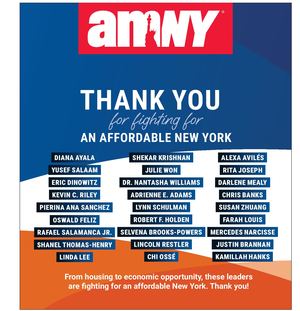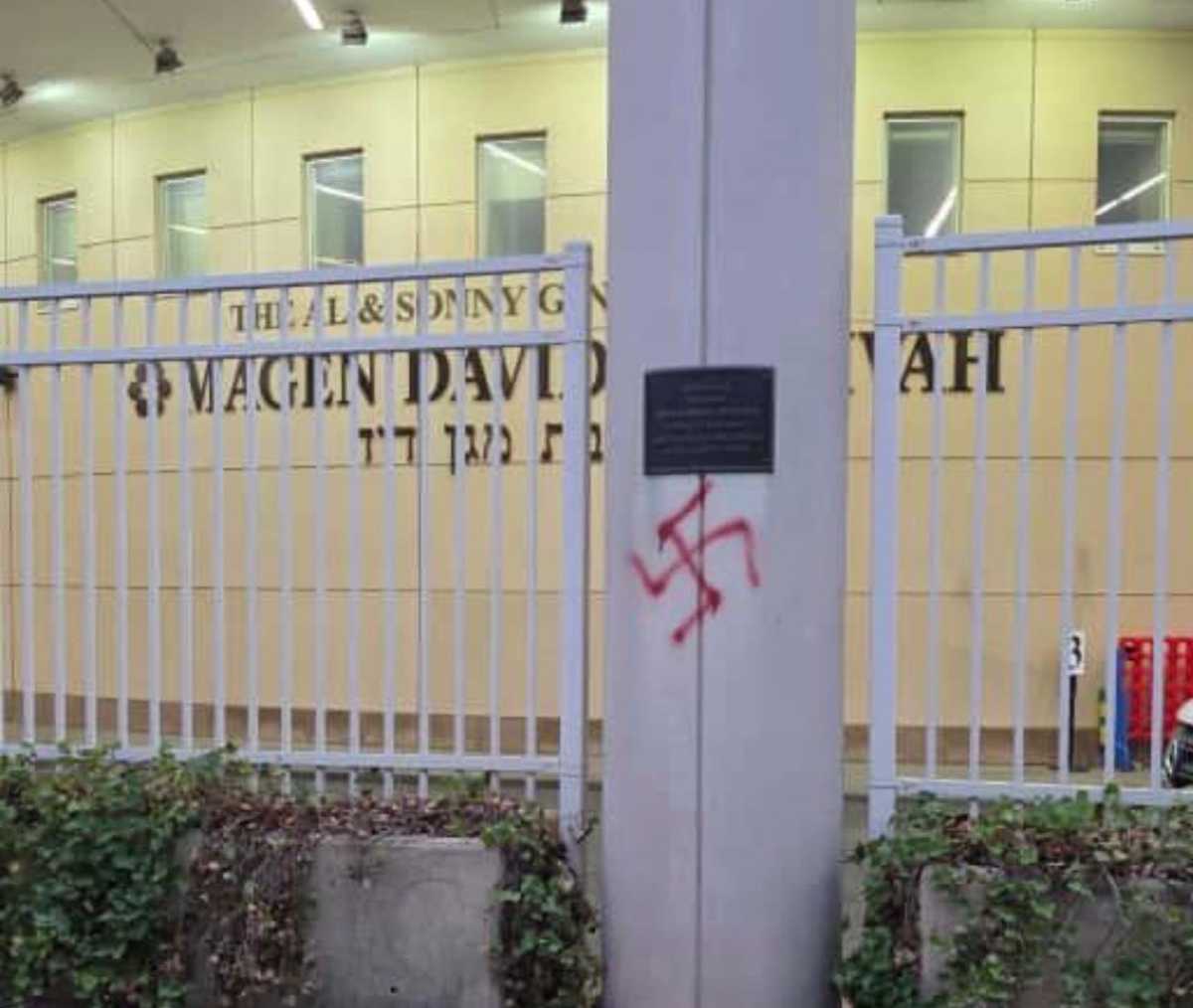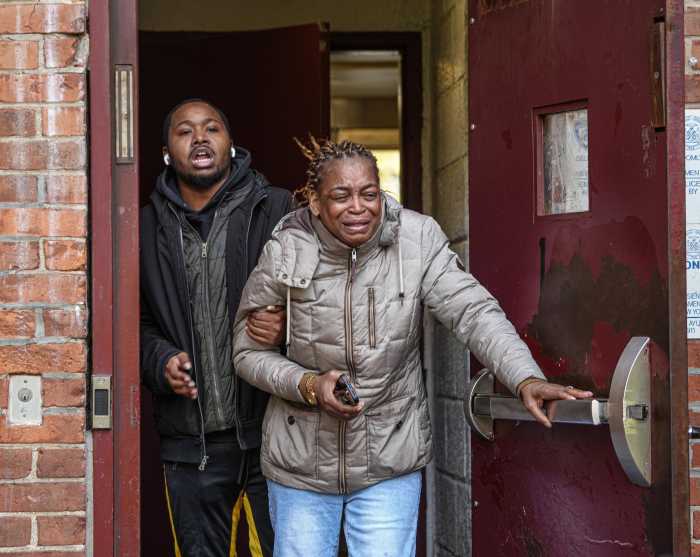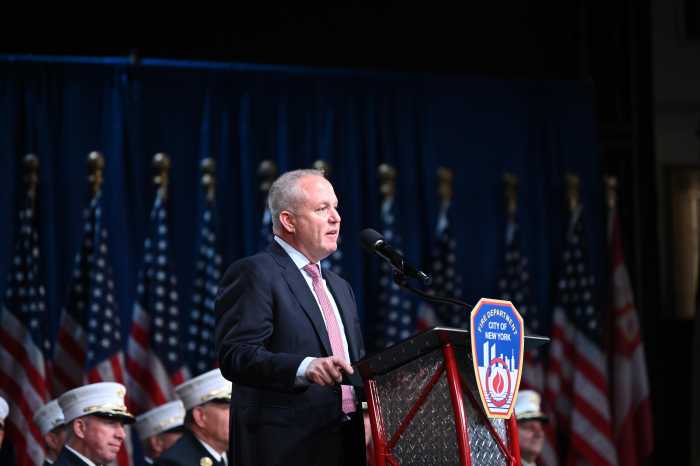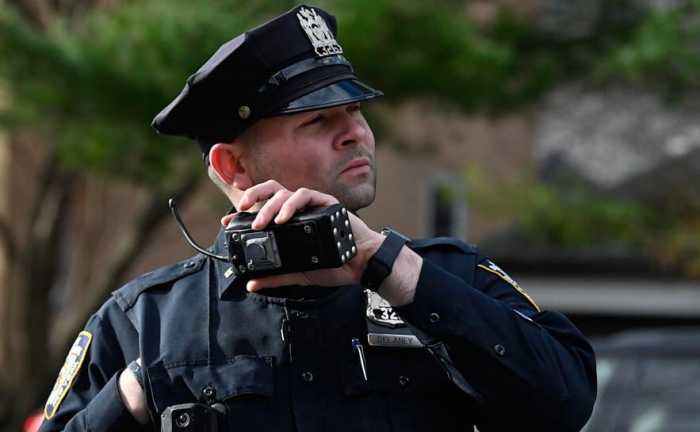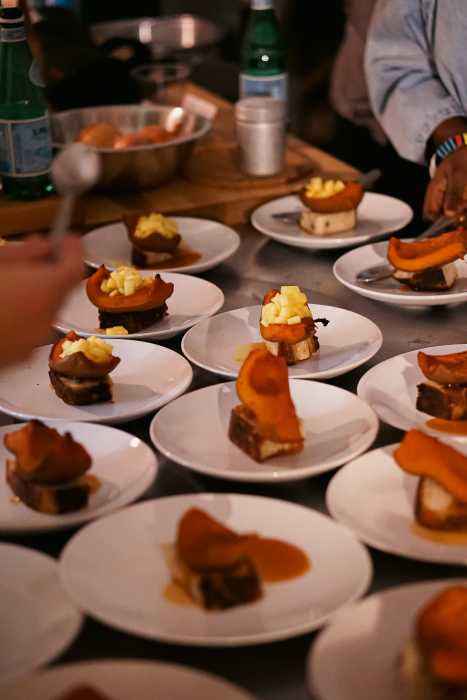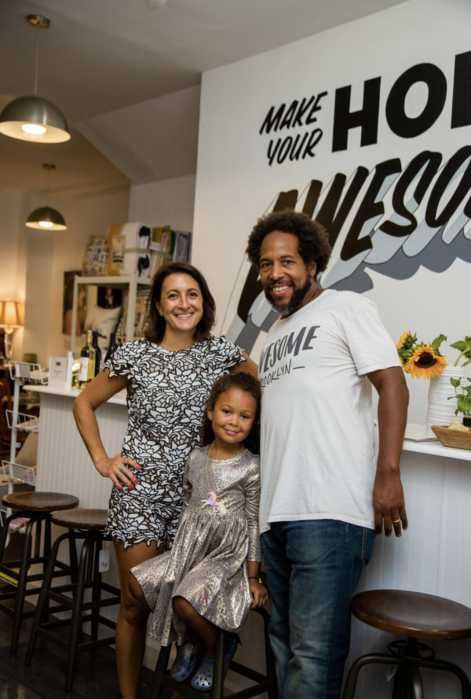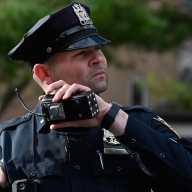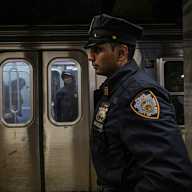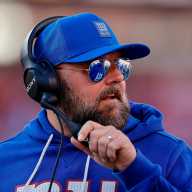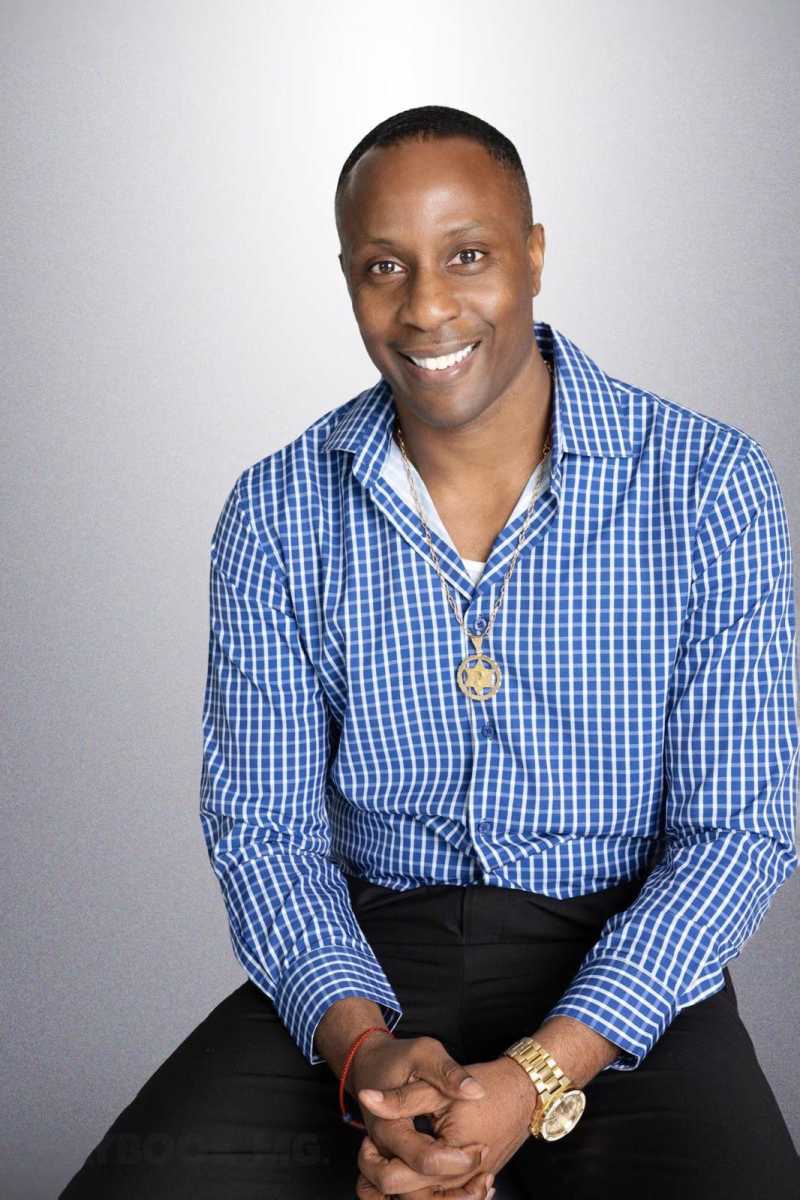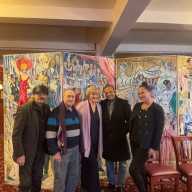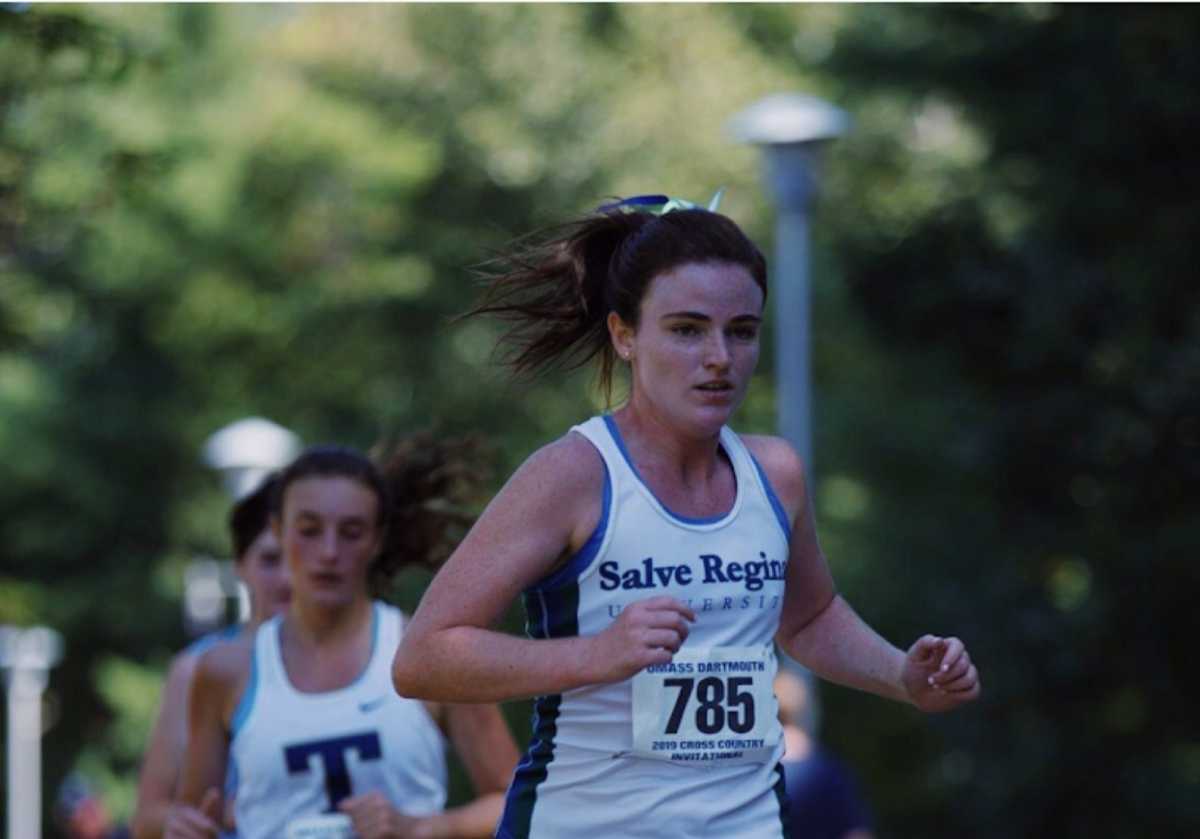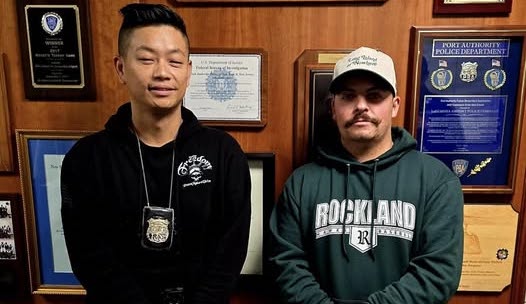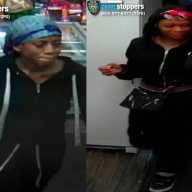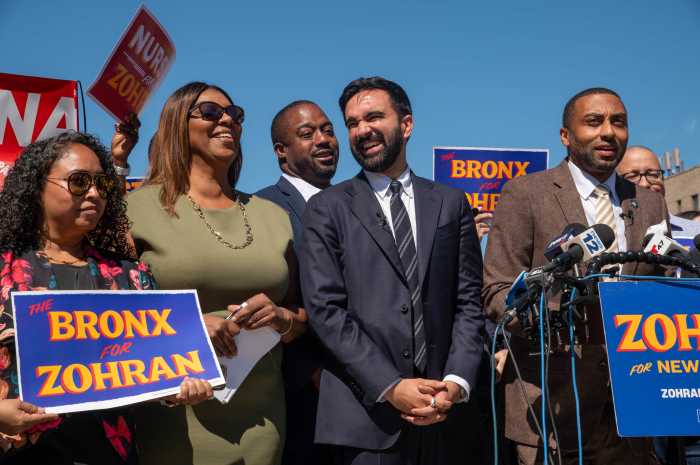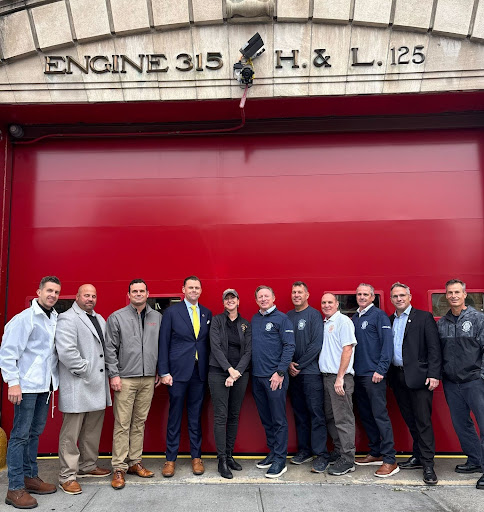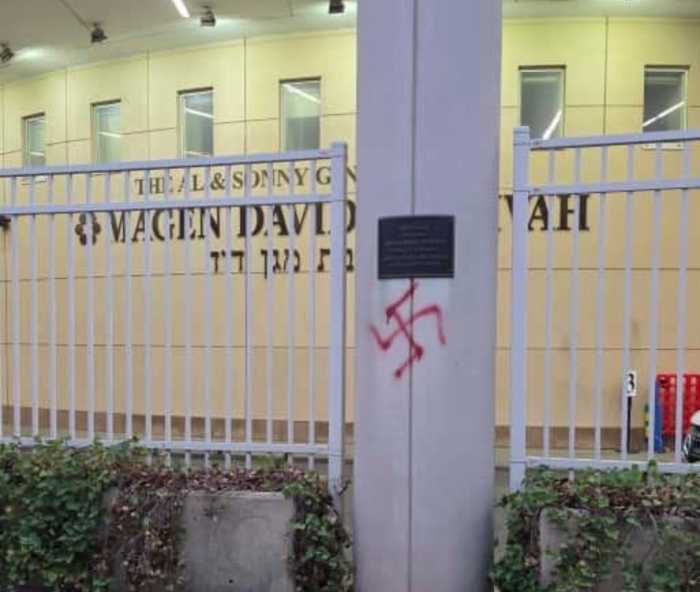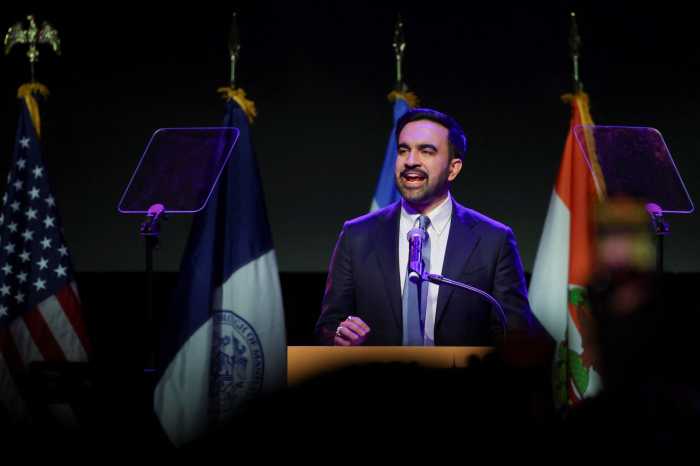John Lennon was many things: A Beatle, an activist, an icon. For about a decade, he was even a New Yorker.
amNewYork spoke with Lennon and Yoko Ono’s personal photographer, Bob Gruen, about those New York City years ahead of the 35th anniversary of Lennon’s death.
Gruen, who photographed Lennon from 1971-1980, described the musician as “very amazing, very charismatic, very grounded, a lot of fun to be with.”
He also got to witness Lennon as a father; Lennon spent five years as a stay-at-home dad after the birth of his son, Sean. Gruen said Lennon was “very attentive and very caring and very involved” in Sean’s life. He made less music in those years because caring for his young son was much more important to him, Gruen recalled.
Gruen, a Manhattan-based photographer, has worked with countless music icons, from Elvis to Madonna to Bob Marley. But some of Gruen’s most famous photos are of Lennon in New York City.
In one series of photos from 1974, Lennon posed on the roof of his apartment in a sleeveless New York City T-shirt that Gruen had bought for him a year earlier on the street for just $5.
Gruen also photographed Lennon at the Statue of Liberty amid a deportation battle between Lennon and the U.S. government in 1974. More than 40 years later, that image of Lennon flashing the peace sign in front of Lady Liberty remains one of the most iconic photos ever taken of the beloved Beatle.
Gruen told amNewYork that he doesn’t have one favorite memory from his time spent with Lennon, but said that their photo shoot at the Statue of Liberty “was a very special day.”
“But,” he continued, “they were all very special.”
When asked if he remembered where he was when he heard that Lennon had been shot on Dec. 8, 1980, he said, “I think everybody does.”
Gruen recalled how he had taken photos of Lennon just days before he was killed by Mark David Chapman outside of the Dakota.
“I was actually in the dark room developing those pictures when I got a phone call,” he said.
Lennon, who lived in the Dakota from 1973 until his death, liked to spend his time at La Fortuna, a now-shuttered nearby cafe, Gruen said. He also enjoyed walking through Central Park.
“He liked being in New York for the same reason everybody else does. You have a lot of freedom in New York, and you have some of the best restaurants, theater, art, museums, life … New York just attracts a tremendous amount of talent,” Gruen said. He added that New York allowed Lennon a lot of anonymity; people didn’t bother him or chase him down the block for an autograph, Gruen explained.
“You know, New Yorkers have a very live-and-let-live attitude, and I think he certainly enjoyed that,” he said.
Thirty-five years after Lennon’s untimely death, his influence on music and culture is immeasurable. Would it surprise him? It might, Gruen said.
“I don’t think he realized just how far his message went.”
Bob Gruen recently released a revised edition of “John Lennon: The New York Years,” a collection of photographs of Lennon’s last decade. Buy it on Amazon.com.
